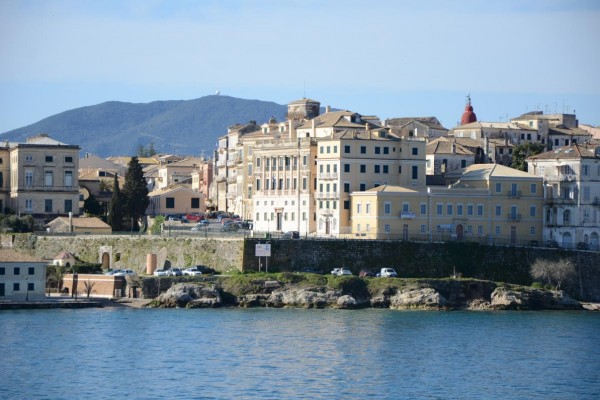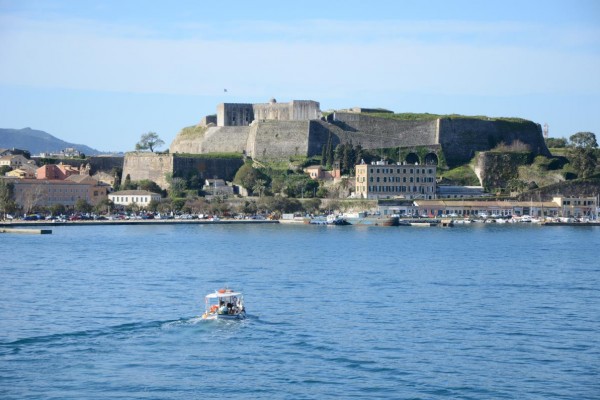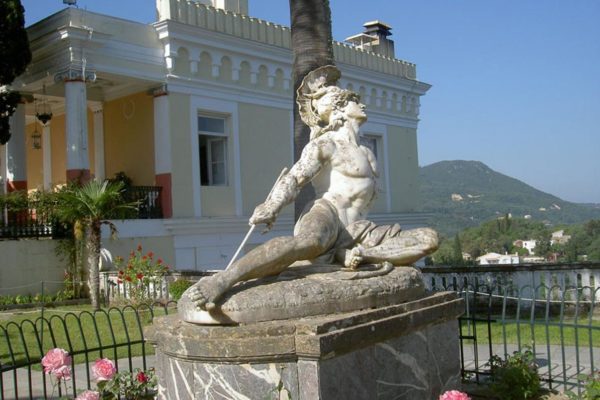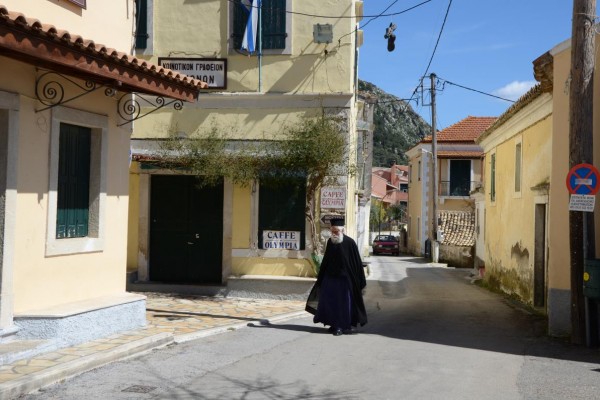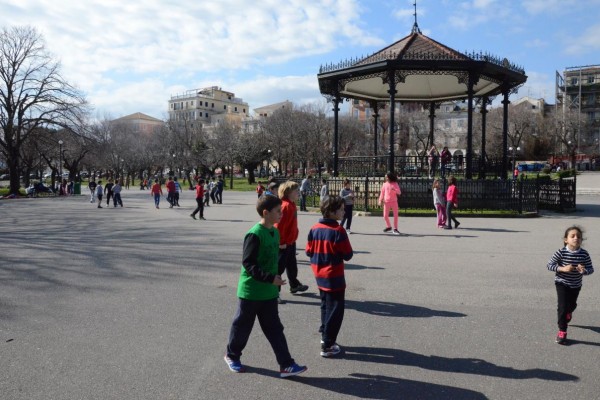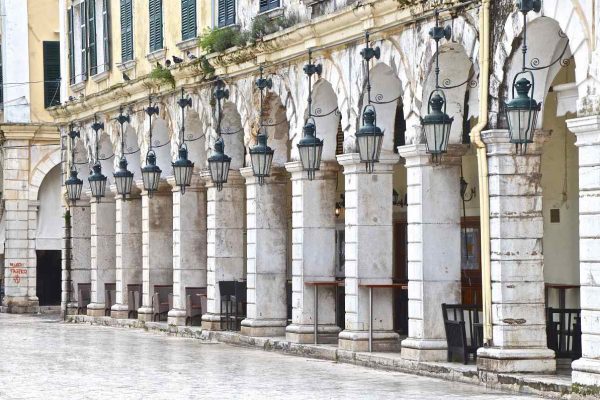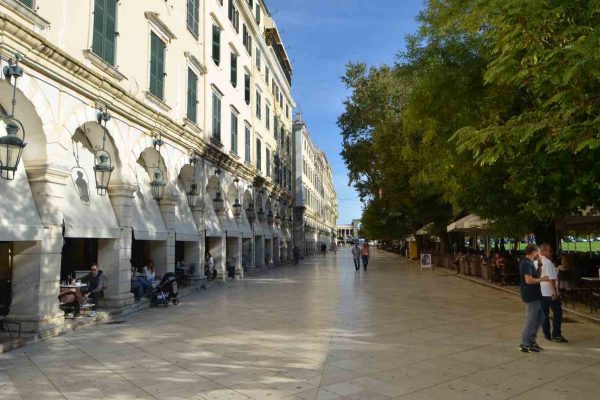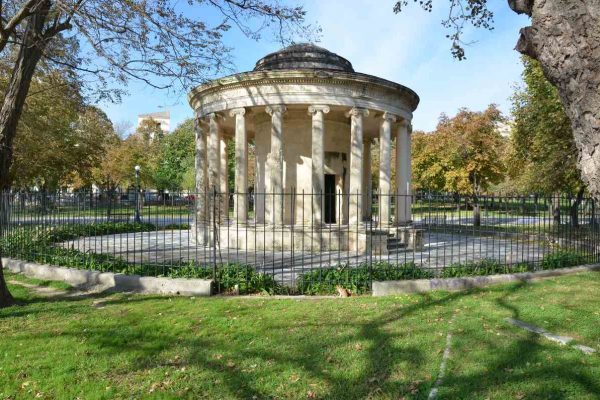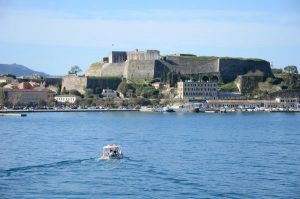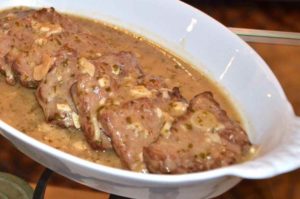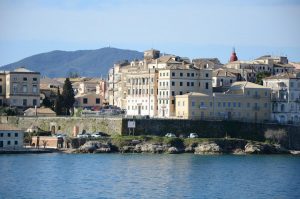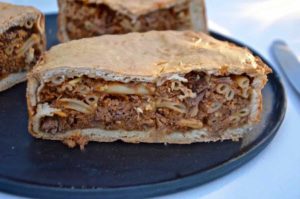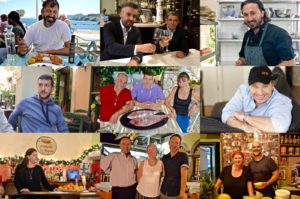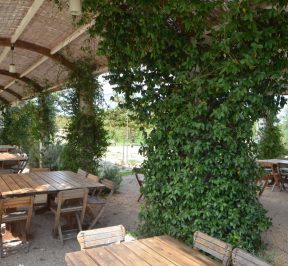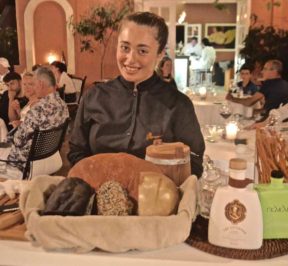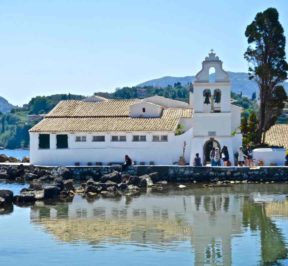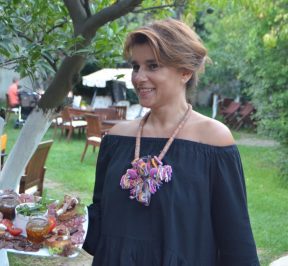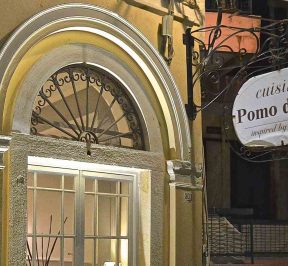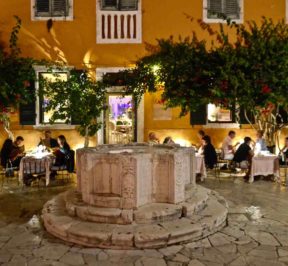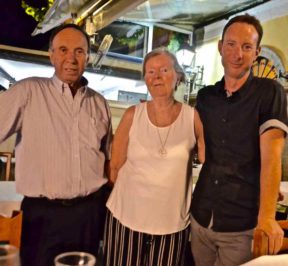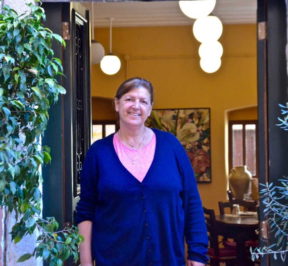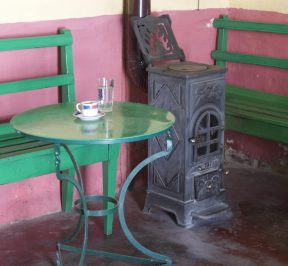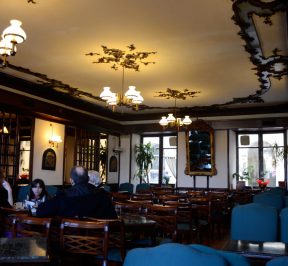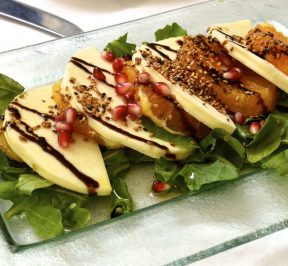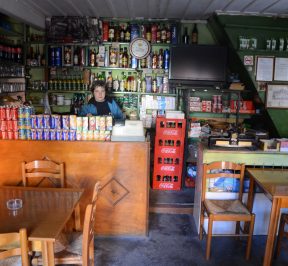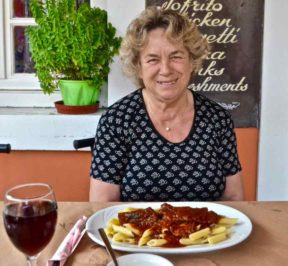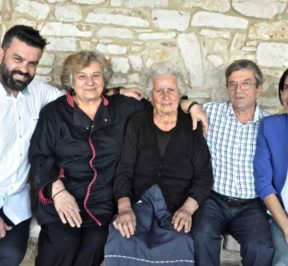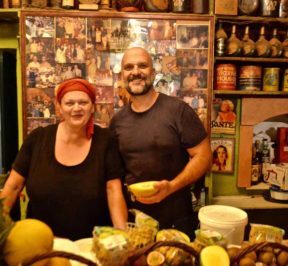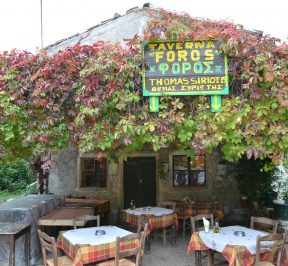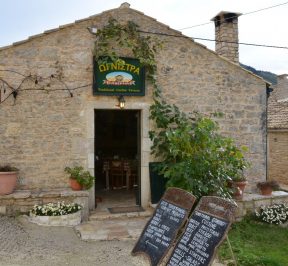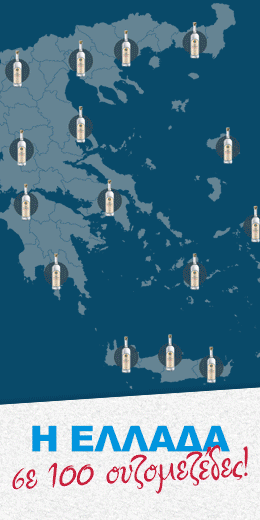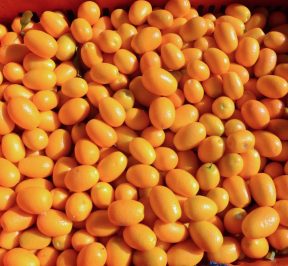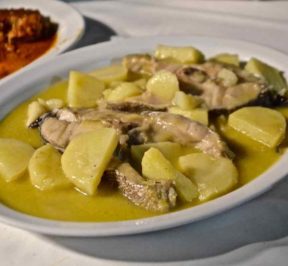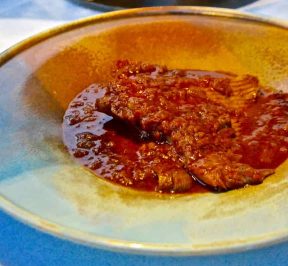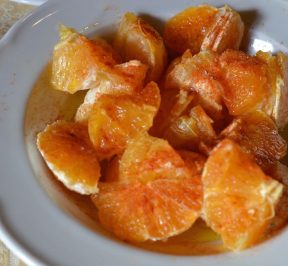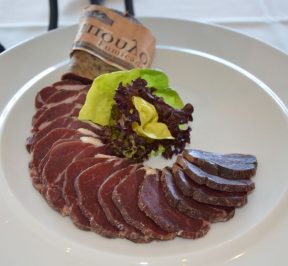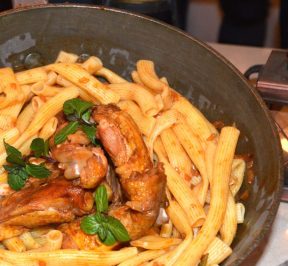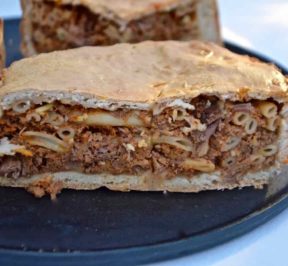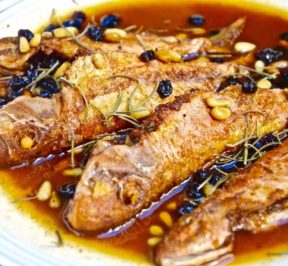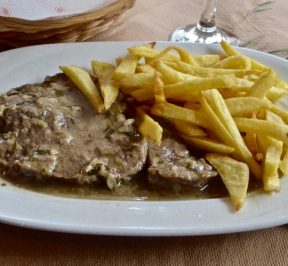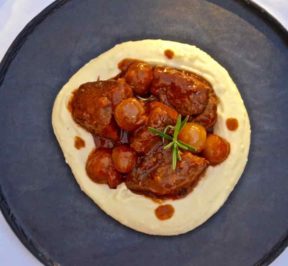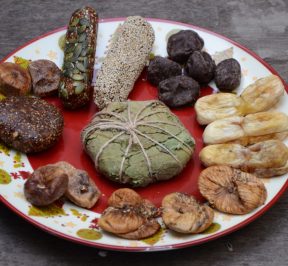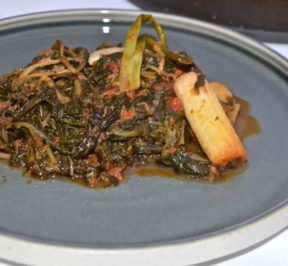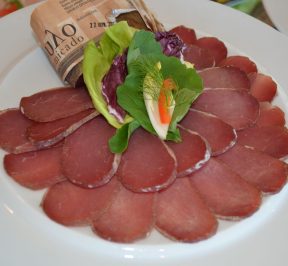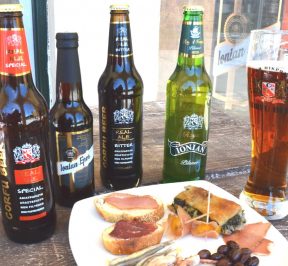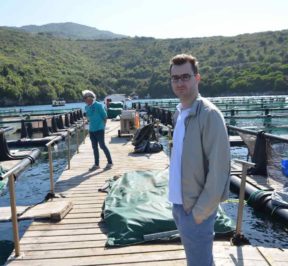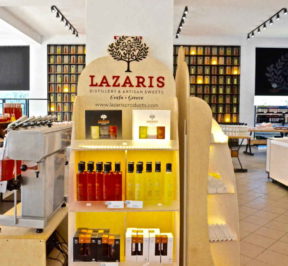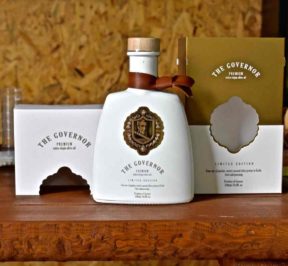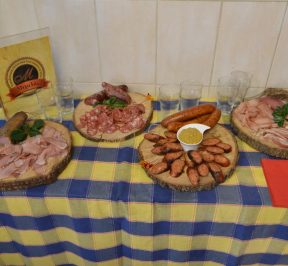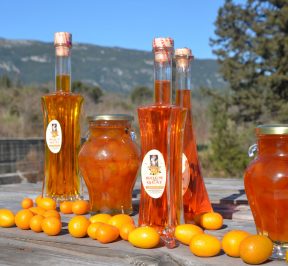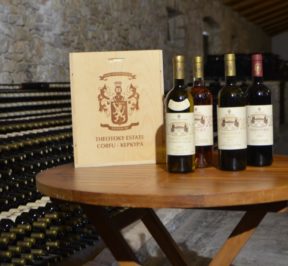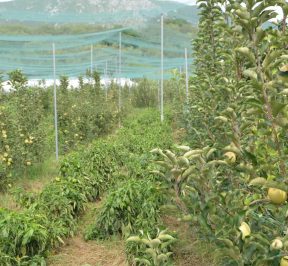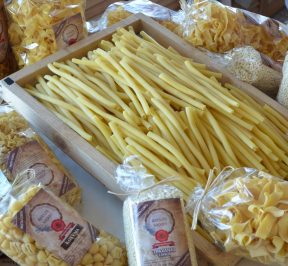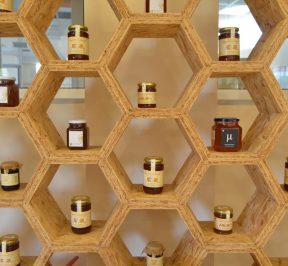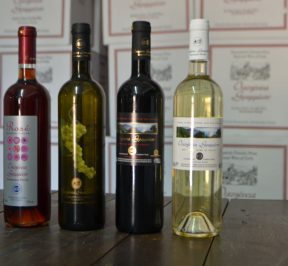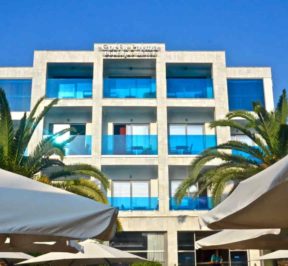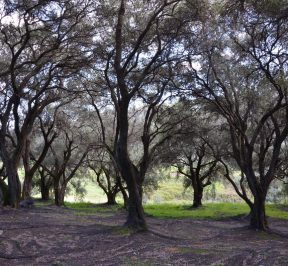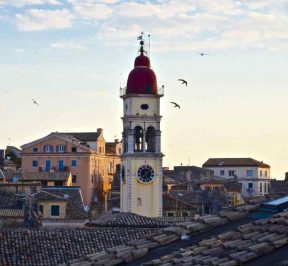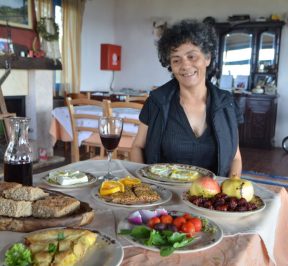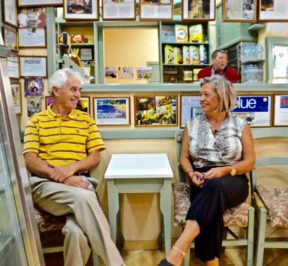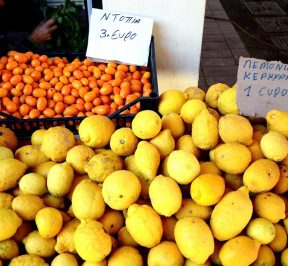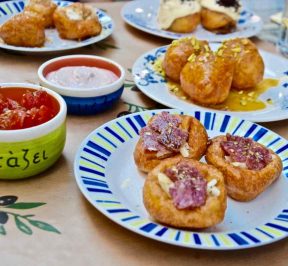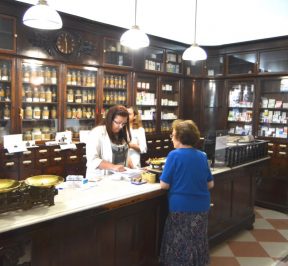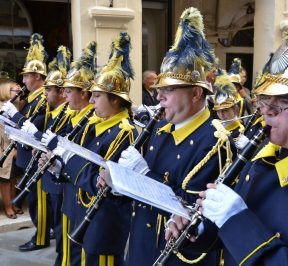Place - History of Corfu
Η Corfu, the northernmost island of the Ionian Islands had the good fortune, at a time when all of Greece was enslaved to the Ottoman Empire, to be under Venetian occupation.
The two characteristics of Corfu, the fertile and the beautiful nature its uniquely safe port on the Italy-East route, were to define its history and make it the apple of Dispute, for many centuries in many conquerors sought the dominance of space, but leaving their strong cultural imprints as we will see in more detail below.
Natural landscape, city and countryside, buildings and institutions, churches, fortresses, palaces, idiosyncratic roads and architecture, saints and people, aristocrats, bourgeois, peasants, literature, music, the first University, a diverse set of inanimate creatures creates an inanimate life. The beauties of the island are first praised by Hostage in «OdysseyDescribing idyllic the gardens of King Alcinous that Odysseus visited at the end of his adventurous return and shortly before arriving in Ithaca.
"And there big trees grew cool,
pears, pomegranates, apples with apples, figs, sweet fruits,
and olives on their flower… »
The Romans use Corfu as a leisure destination.
After the Fall of Constantinople by the Franks, during the Fourth Crusade (1202 AD), the Ionian Islands were separated from Byzantium and successively came under the rule of the Venetians, the Franks and the king of Naples, Charles of Andigav.
In 1386 Corfu asked for the protection of Venice and thus began its period Venetian rule (1386-1797) which lasted 411 years, 11 months and 11 days.
For the Peaceful Republic of Venice, Corfu was an important station along with Methoni, Chandakas (Heraklion), Rhodes and Paphos (Cyprus) on the road to India, the famous Silk Road. Every year merchant fleets transported spices, silks, perfumes and cotton to Venice from the ends of India, Persia and China, stopping in Corfu for supplies. The city of Corfu at the end of the 16th century had become a port of high strategic importance and thanks to its exemplary fortification by the Italian Architect Sanmichelli was considered one of the best fortified port cities in the Mediterranean.
During the Venetian rule Three social classes were formed, the nobles, the bourgeois and finally the workers and the peasants. The aristocracy owned the land and all the powers granted to them by the Venetians. The rulers spoke Greek and Venetian, socialized only with their class and the Venetians, sent their children to study in Italian universities, in order to acquire ways, culture and education, necessary supplies for their social gatherings and the exercise of their policies. duties. The bourgeoisie included merchants, craftsmen and professionals. The dream of this class was to buy with their financial strength a place in Golden Paper (Libro d'Oro) seeing their name next to that of the nobles.
Finally, the peasantry was the landless people who worked on the nobles' estates and the workers who worked either for the professionals or for the Municipality.
The French in their short passage (1797-1799 and 1807-1814) built it Liston (1807), the beautiful colonnade reminiscent of the rue Rivoli in Paris, on the west side of the Spiniada, a combination of park and square. The name Liston came from the list of names of nobles who were allowed to walk on it (Libro d'Oro). Despite the French contribution to the beautification of the city, the Corfiot aristocracy never saw them with a good eye, because despite their authoritarian behavior, they simultaneously conveyed the liberal and democratic ideas of the French Revolution (liberté, fraternité, égalité) and sowed "new demons "to the people of Corfu.
The union of the Ionian Islands with Greece and the gradual degradation of the strategic and commercial role of Corfu and the Mediterranean in general led to the decline of Corfu, since from the capital of the Ionian state with British administration it became a remote peripheral city of Greece. The Ionian Academy closes to strengthen the University of Athens, trade is reduced, the city withers and the Unionists are disappointed.
Nevertheless, Corfu is visited every summer by the Greek royal family, the Empress of Austria Elizabeth Kaiser William II with the Berlin courtyard, making the island from the end of the 19th century a favorite resort of high personalities, who in turn knit the praise of the beauties of the island. During the interwar period, Lawrence Durrell settled in Corfu. In his book "My family and other animals" he described in a unique way the island and its inhabitants, a fact that had unexpected consequences.
Thousands of readers and many writers such as Henri Miller, sought to get to know Corfu up close, thus laying the foundation for tourism development that is today the backbone of the Corfu economy.
PLACE & HISTORY - TRADITIONAL KITCHEN
TAVERNS - RESTAURANTS - CAFES
PRODUCERS - WINERY


